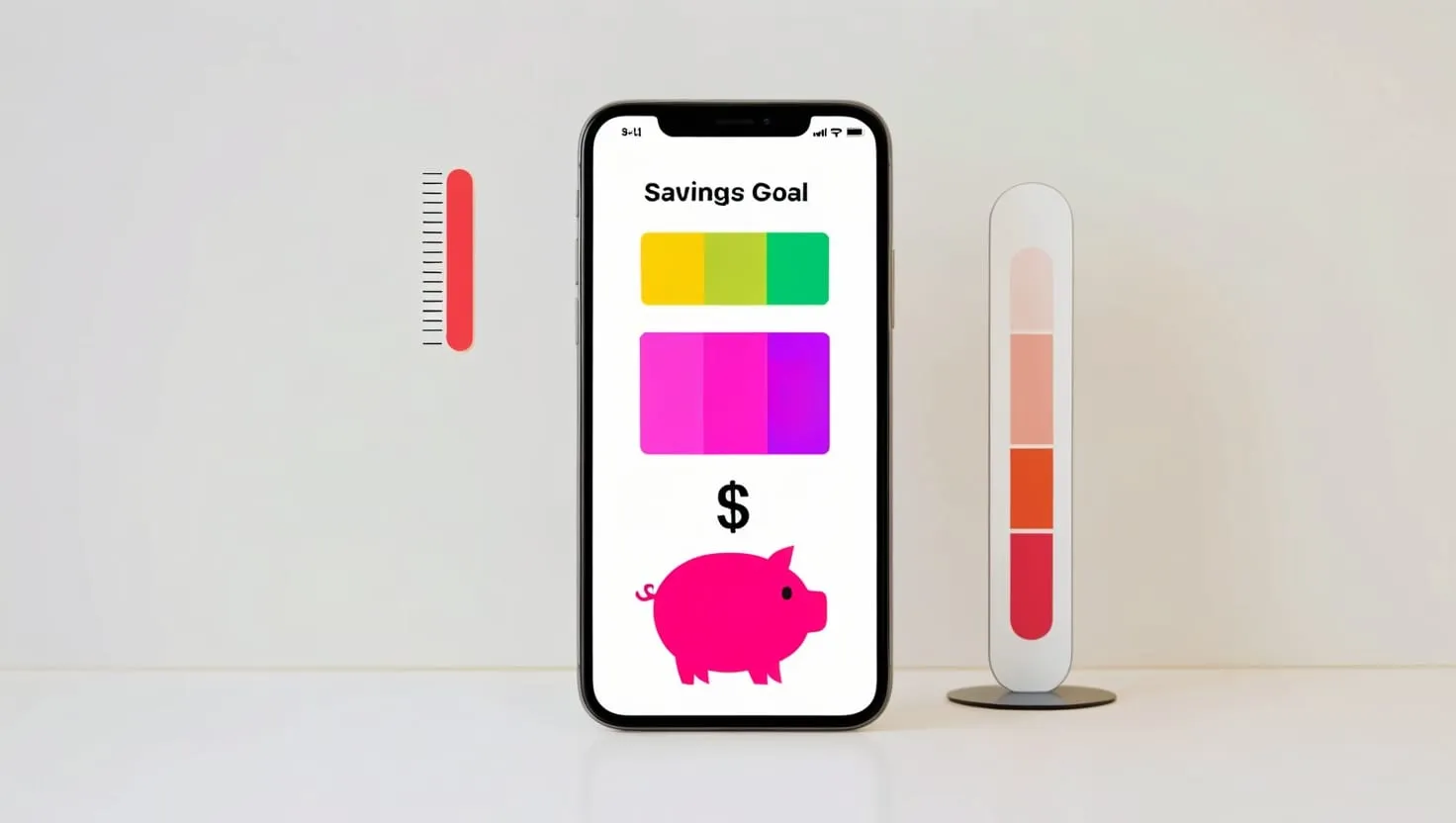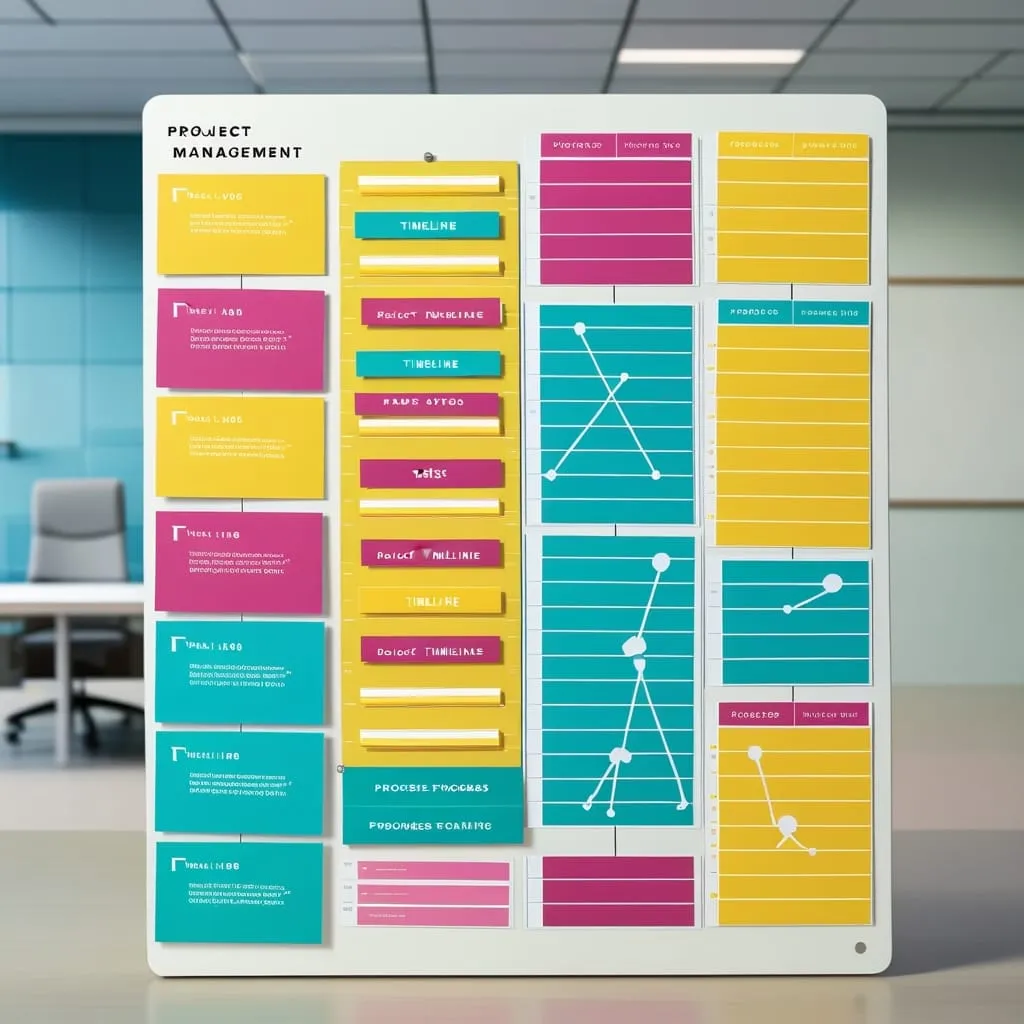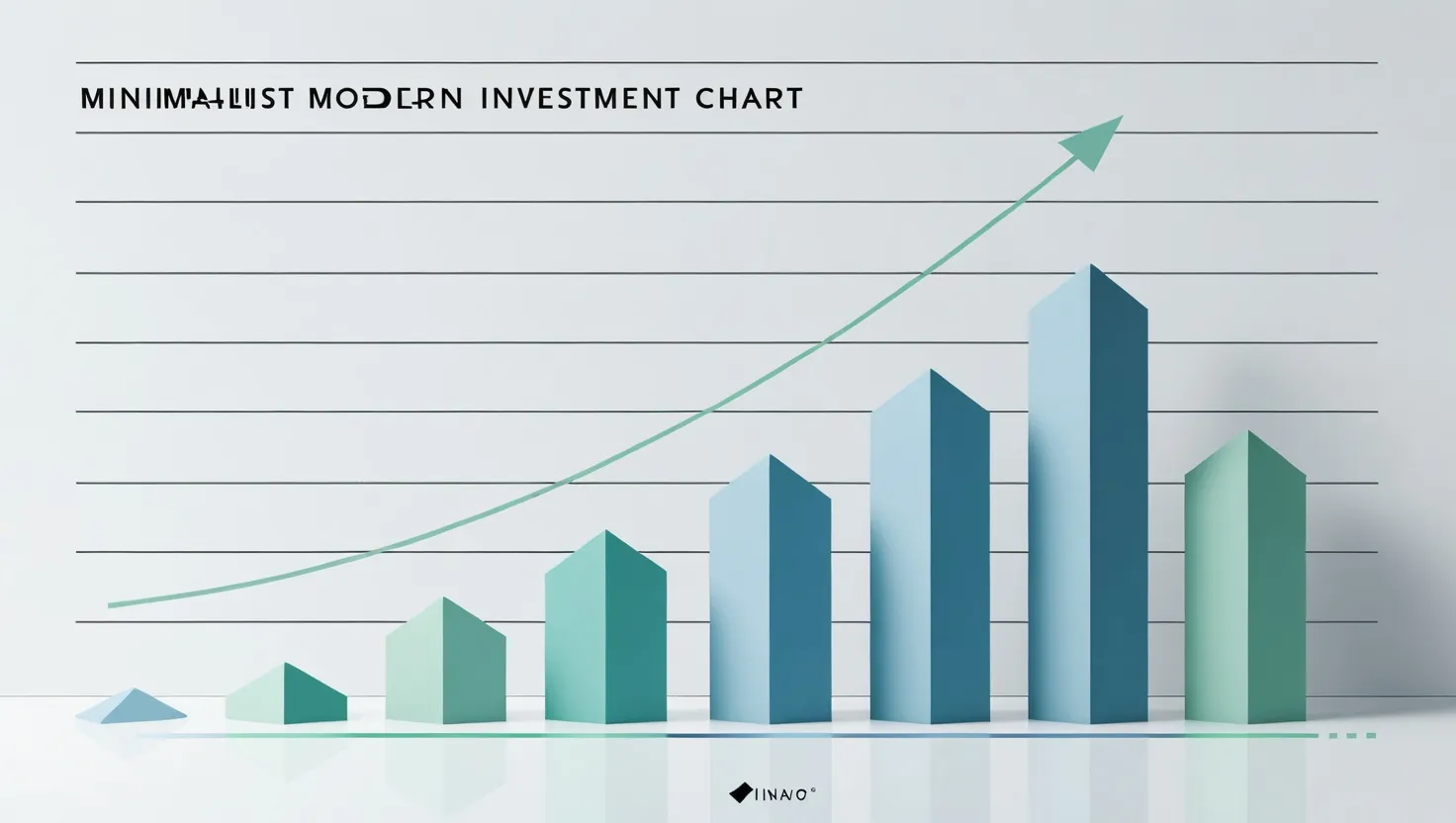In the bustling world of personal finance, a quiet revolution is underway, driven by the subtle yet powerful influence of digital nudges. These gentle pushes, embedded in the design of personal finance apps, are transforming how we manage our money, often without us even realizing it. Let's follow the journey of Rahul, a young professional, as he discovers how these digital tools shape his financial habits.
Rahul recently downloaded a new personal finance app, eager to get a better grip on his spending and savings. The first thing he noticed was a progress bar that appeared every time he logged in. This simple feature was designed to gamify his savings, making the process more engaging and rewarding. Each time Rahul deposited money into his savings account, the bar filled up a bit more, giving him a visual reminder of his progress. This visual cue tapped into his desire for completion and progress, a common cognitive bias known as the "endowment effect," where people value things more once they have invested time or effort into them.
As Rahul continued to use the app, he encountered another nudge: social comparison features. The app would occasionally show him how his savings rate compared to that of his peers. This was not meant to induce competition but to provide a sense of community and motivation. Behavioral economics tells us that people are more likely to adopt a behavior if they see others doing it, a phenomenon known as "social proof." Rahul found himself saving more regularly, not because he was competing with others, but because he felt a sense of belonging to a group that valued savings.
One of the most intriguing aspects of these apps is their ability to leverage "framing effects." For instance, instead of simply showing Rahul his total savings, the app would frame it in terms of what he could achieve with that money – a vacation, a down payment on a house, or a year's worth of emergency funds. This framing makes the savings more meaningful and tangible, aligning with Rahul's long-term goals. It's a technique that exploits our tendency to make decisions based on how information is presented rather than the information itself.
Another powerful nudge Rahul encountered was the use of "just-in-time feedback." Whenever he made a purchase, the app would send him a notification showing how this transaction affected his savings goals. This immediate feedback helped Rahul make more informed decisions about his spending. It's a principle that works because our brains are wired to respond more strongly to immediate consequences rather than distant ones.
The app also employed "automatic enrollment" and "default options" to encourage Rahul to save more. For example, it automatically set up monthly transfers from his checking account to his savings account, and it offered to increase these transfers by a small percentage each month. This approach is based on the idea that people tend to stick with default options rather than change them, a concept known as "status quo bias." By making saving the default option, the app made it easier for Rahul to accumulate wealth over time.
Rahul's app also used gamification elements like badges and rewards to make saving fun and rewarding. For instance, every time he reached a savings milestone, he would earn a badge. These badges were not just decorative; they provided a sense of accomplishment and motivation. Gamification works by tapping into our innate desire for rewards and recognition, making the process of saving more enjoyable and engaging.
However, as Rahul delved deeper into the world of digital nudges, he began to wonder about the ethics behind these techniques. Were these apps truly helping him make better financial decisions, or were they manipulating him into behaviors that might not be in his best interest? This is a critical question because while nudges can be incredibly effective, they can also be used to exploit cognitive biases for profit rather than benefit.
To navigate this ethical landscape, it's essential to understand the psychology behind these nudges. Behavioral economics is not about forcing people into certain behaviors but about creating an environment that makes the best choices easier. For example, apps that provide personalized feedback and insights help users identify and overcome their financial blind spots. By recognizing areas where they might be overspending or under-saving, users can make more informed decisions.
Rahul realized that the key to benefiting from these digital nudges was to be aware of how they were influencing him. By understanding the cognitive biases and emotional triggers that these apps were tapping into, he could use them to his advantage. For instance, knowing that he was more likely to save when he saw a progress bar filling up, he made sure to log into the app regularly. Similarly, by setting specific, challenging goals, he leveraged the power of goal-setting to achieve more than he would have with vague or unambitious targets.
As Rahul continued on his financial journey, he also learned the importance of periodic reviews and rebalancing. The app would send him reminders to review his financial plans, think about his goals and risk tolerance, and make necessary adjustments. This regular check-in helped him stay on track and ensure that his financial decisions were aligned with his long-term objectives.
The future of personal finance apps looks promising, with advancements in machine learning and predictive analytics set to enhance their capabilities. These apps will be able to analyze vast amounts of financial data to predict future spending patterns and suggest proactive strategies to avoid pitfalls. For example, if an app predicts that Rahul is likely to overspend during the holiday season, it can suggest ways to budget ahead of time.
In conclusion, digital nudges in personal finance apps are a double-edged sword. On one hand, they offer powerful tools to help us manage our finances better, leveraging cognitive biases and emotional triggers to guide us toward healthier financial habits. On the other hand, they raise important ethical questions about manipulation and exploitation. By being aware of these nudges and understanding the psychology behind them, we can harness their power to achieve better financial outcomes while maintaining a critical eye for potentially manipulative features.
As Rahul's experience shows, the key is not just to use these apps but to understand how they work and how they can be used to our advantage. By combining the insights from behavioral economics with practical money management tips, we can create a financial future that is both secure and fulfilling. So the next time you see a progress bar filling up or a badge being awarded, remember the subtle yet powerful influence of digital nudges and how they can shape your financial destiny.






